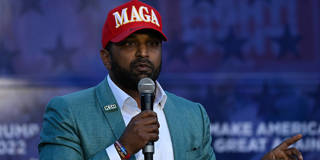
The Indians Dividing MAGA
While one faction in Donald Trump’s “Make America Great Again” movement views attracting and promoting top talent from countries like India as essential to US “greatness,” MAGA’s white-nationalist faction sees all immigration as fundamentally problematic. But there is a simple solution that should please both sides.
NEW DELHI – Perhaps it should not be surprising that India should feature so prominently in the “civil war” that has emerged within US President-elect Donald Trump’s “Make America Great Again” movement. Surprising or not, that is what is happening, with an India-shaped chasm having formed between MAGA’s warring factions.